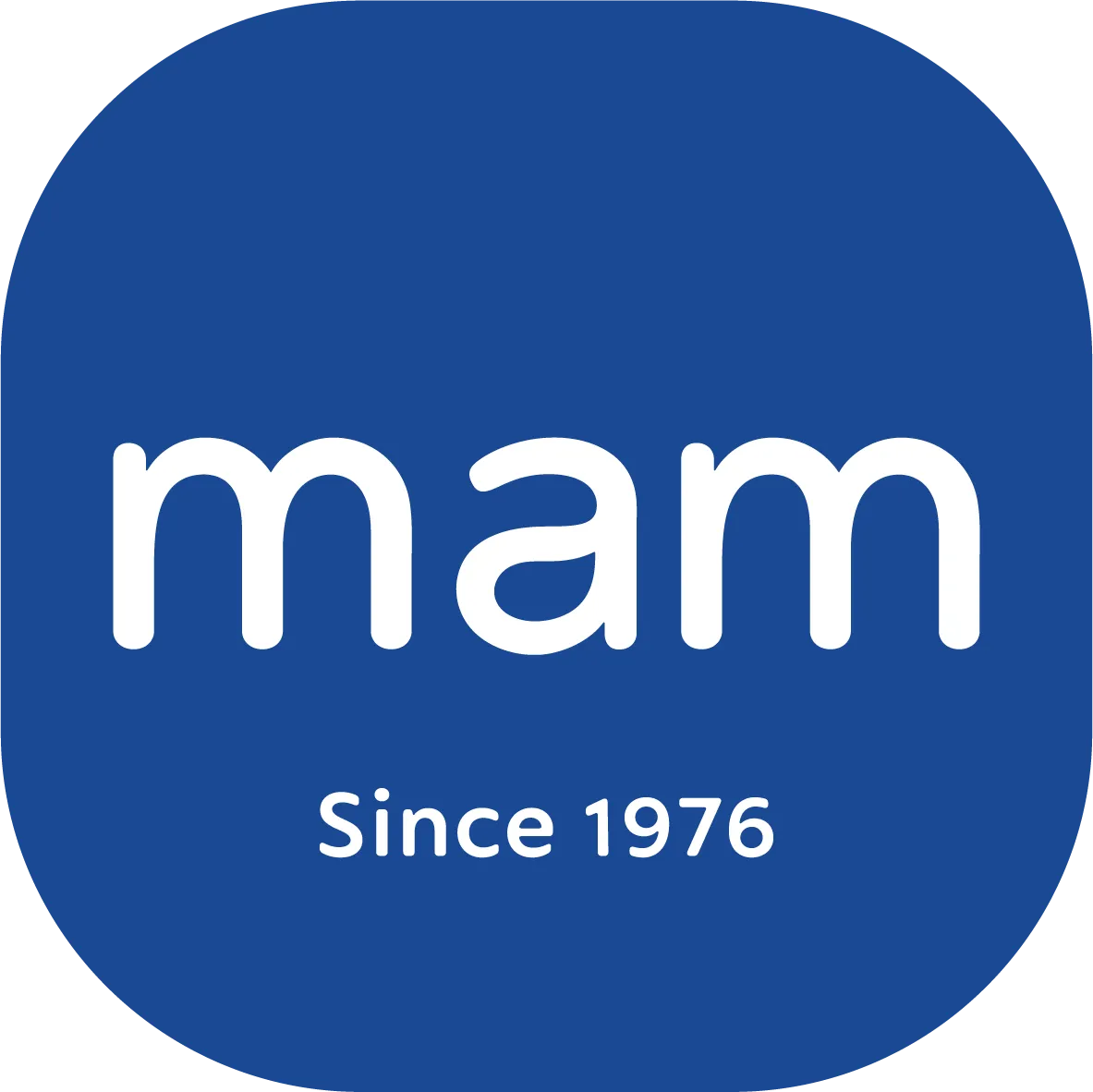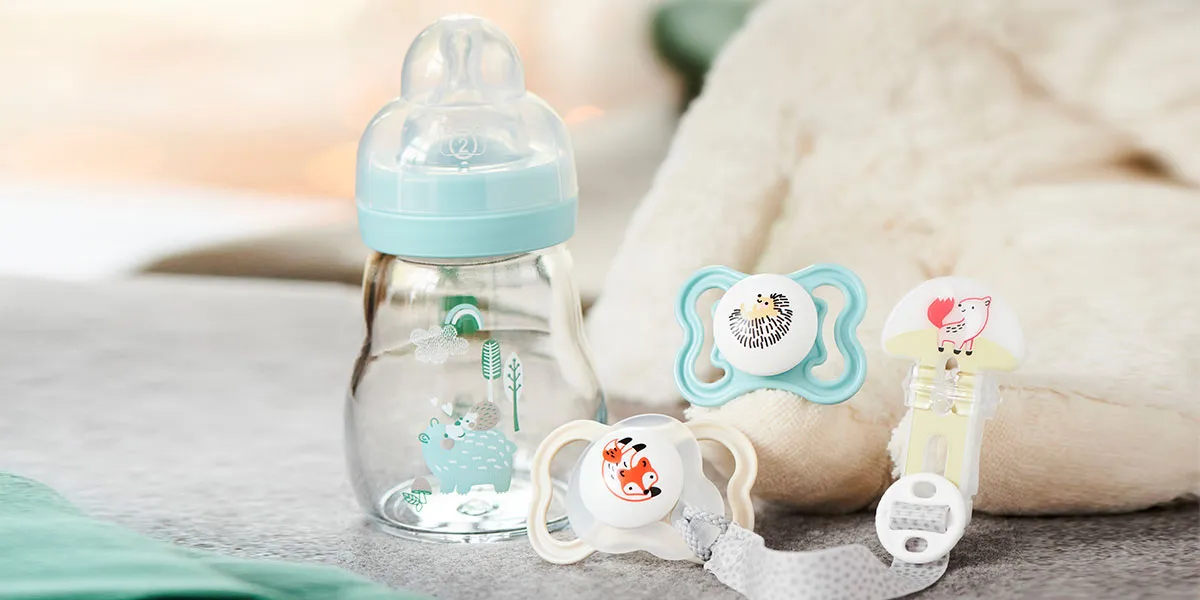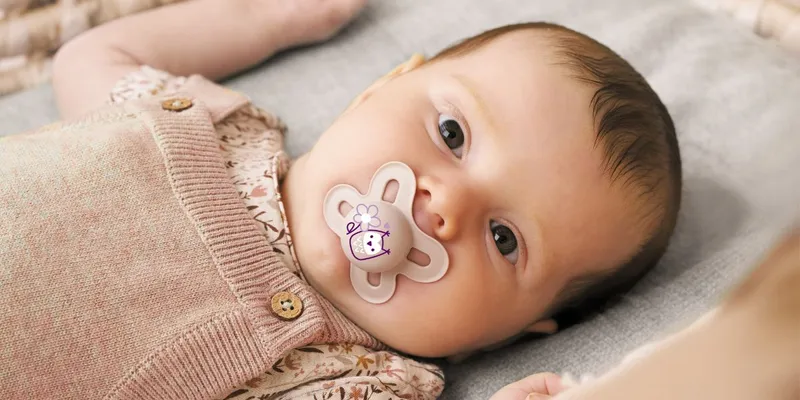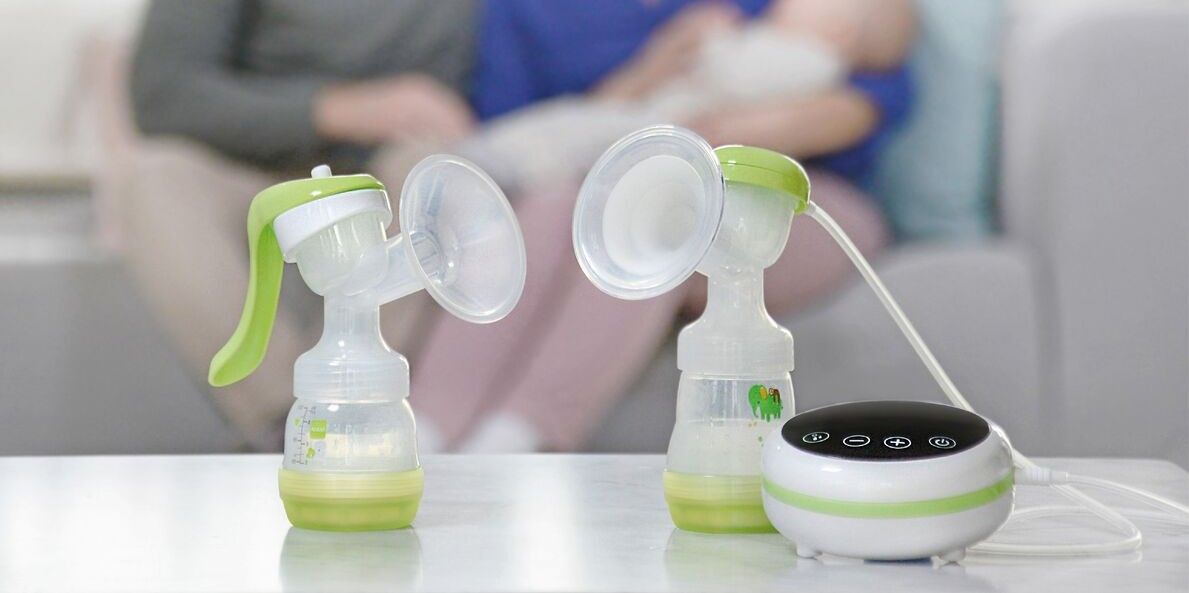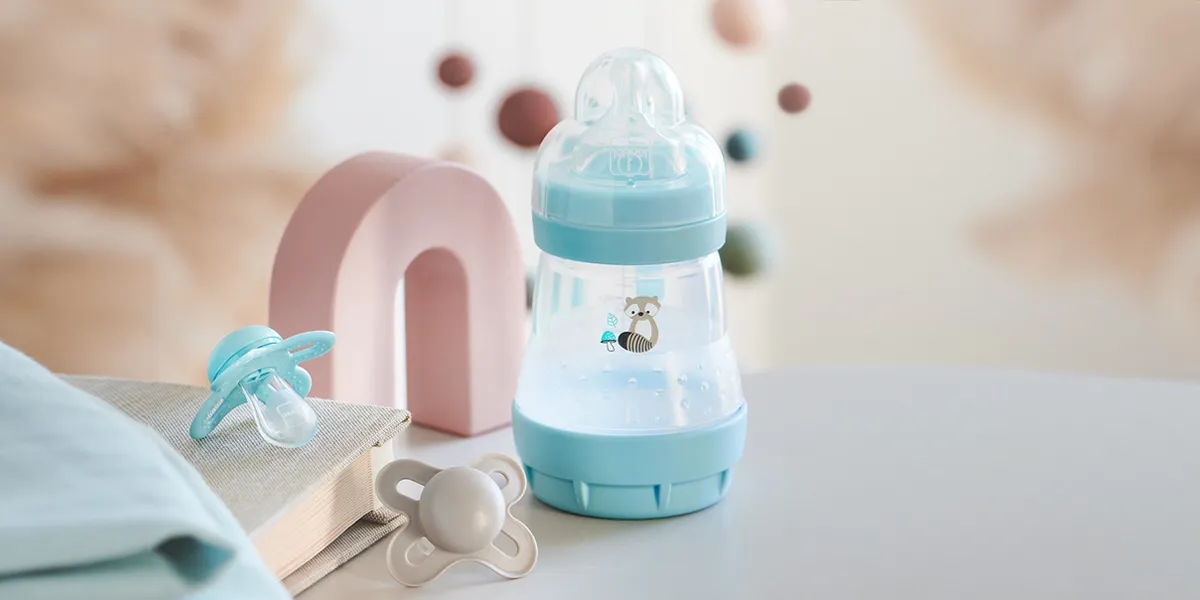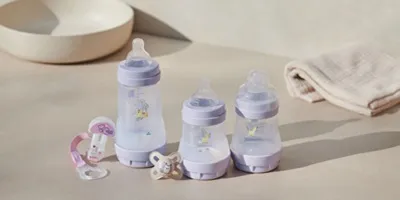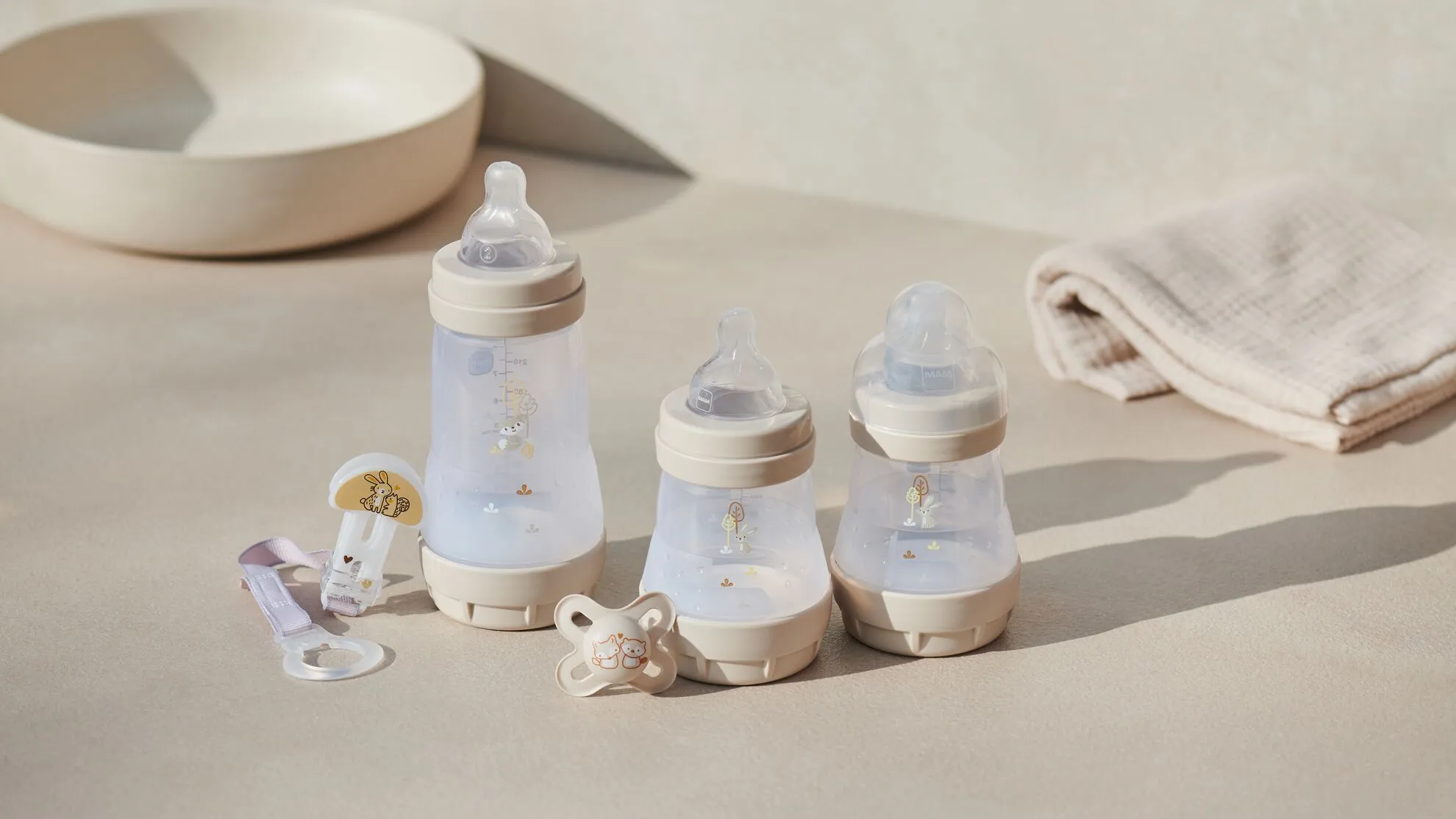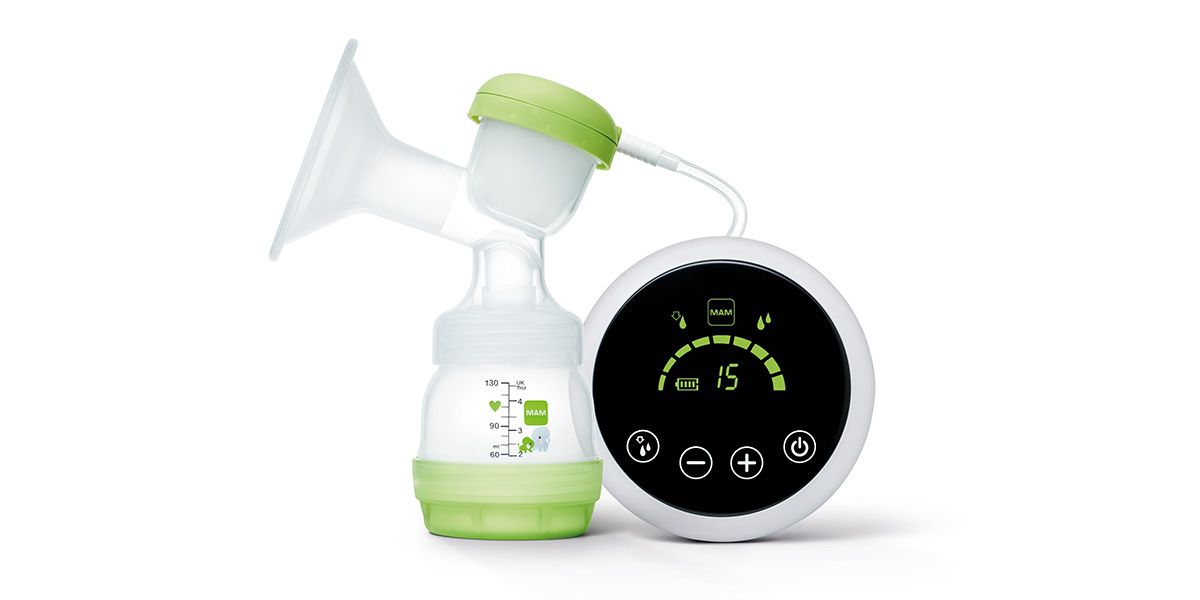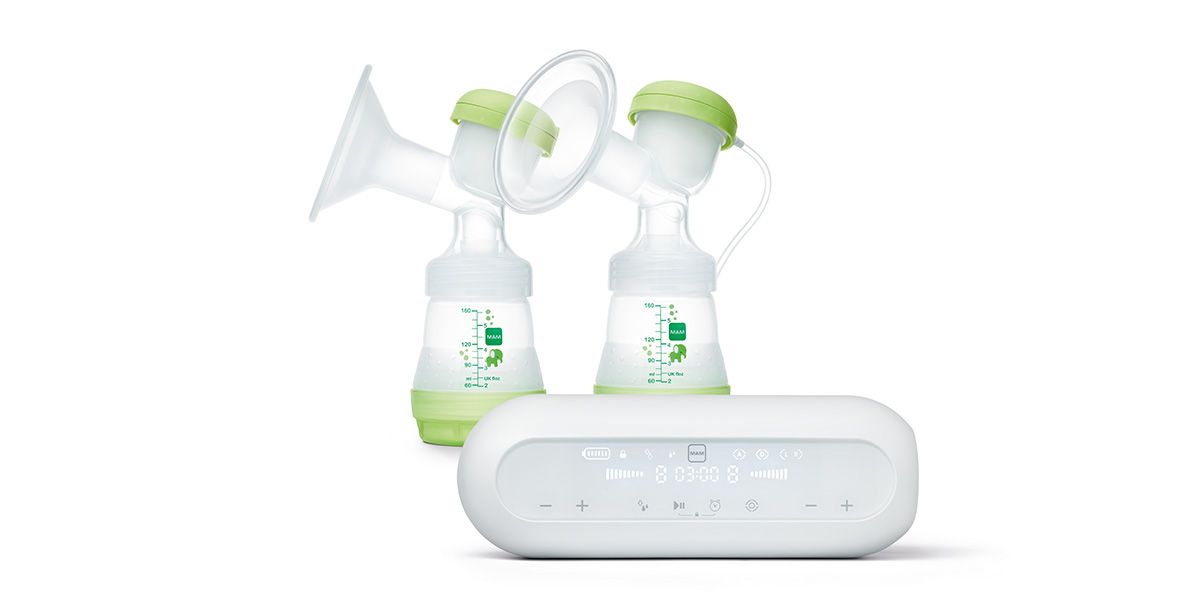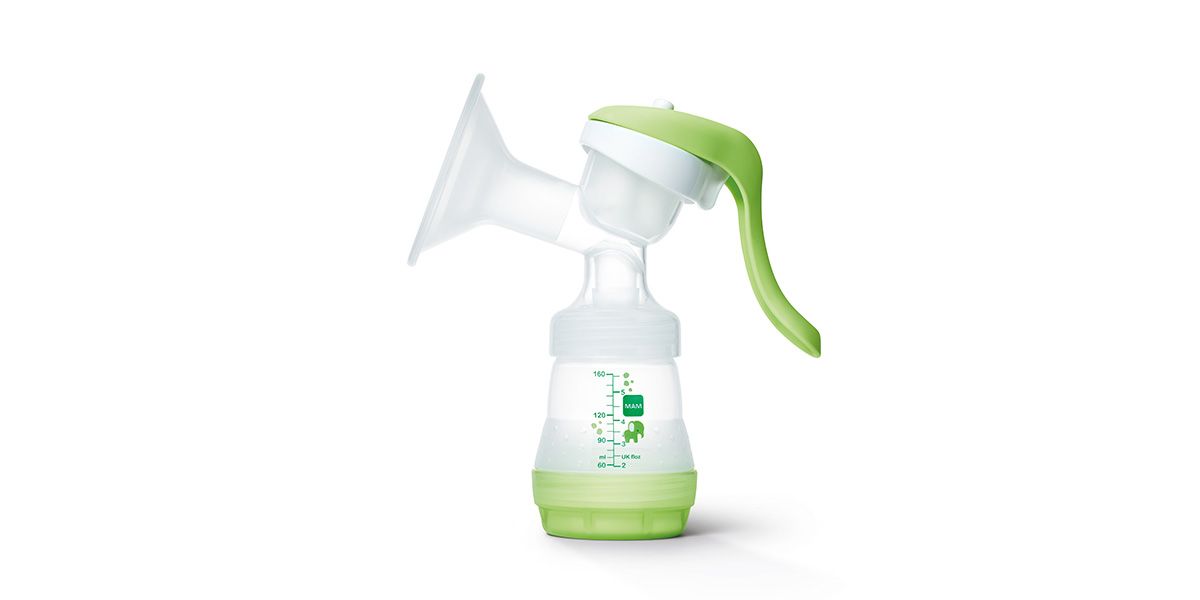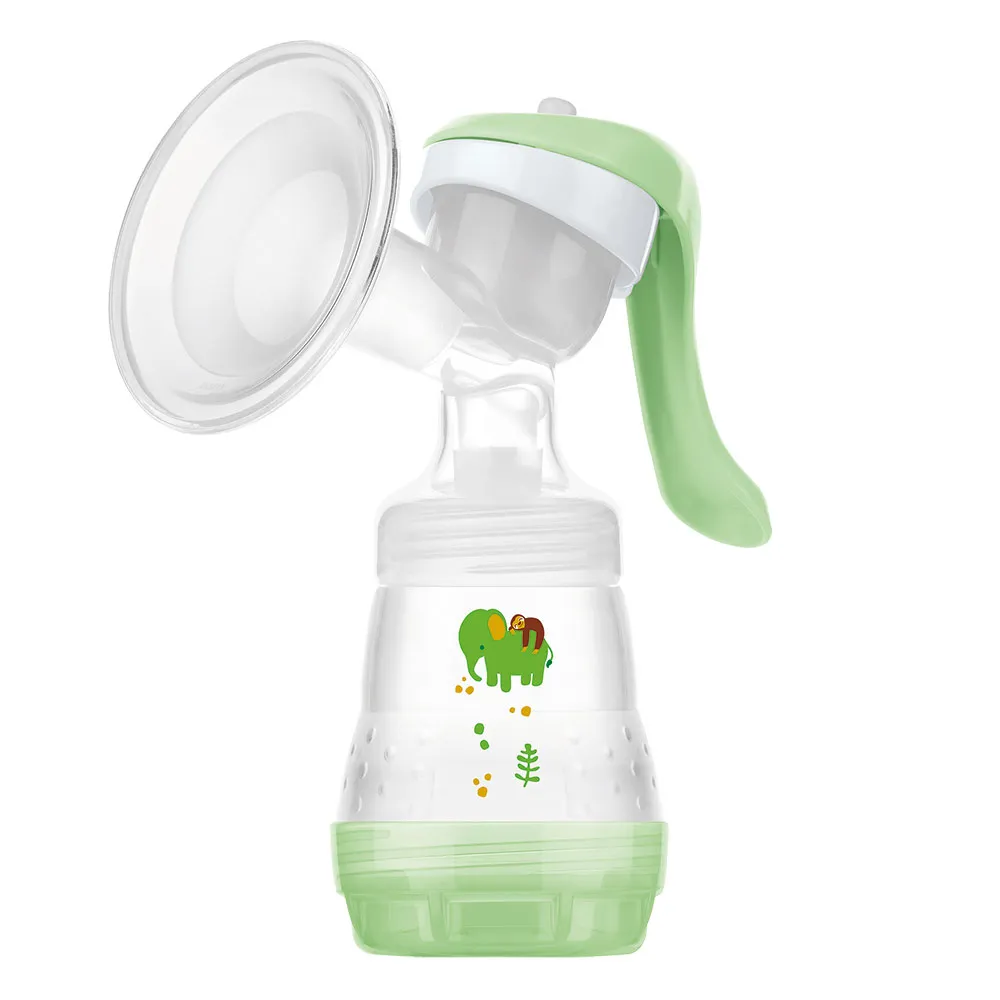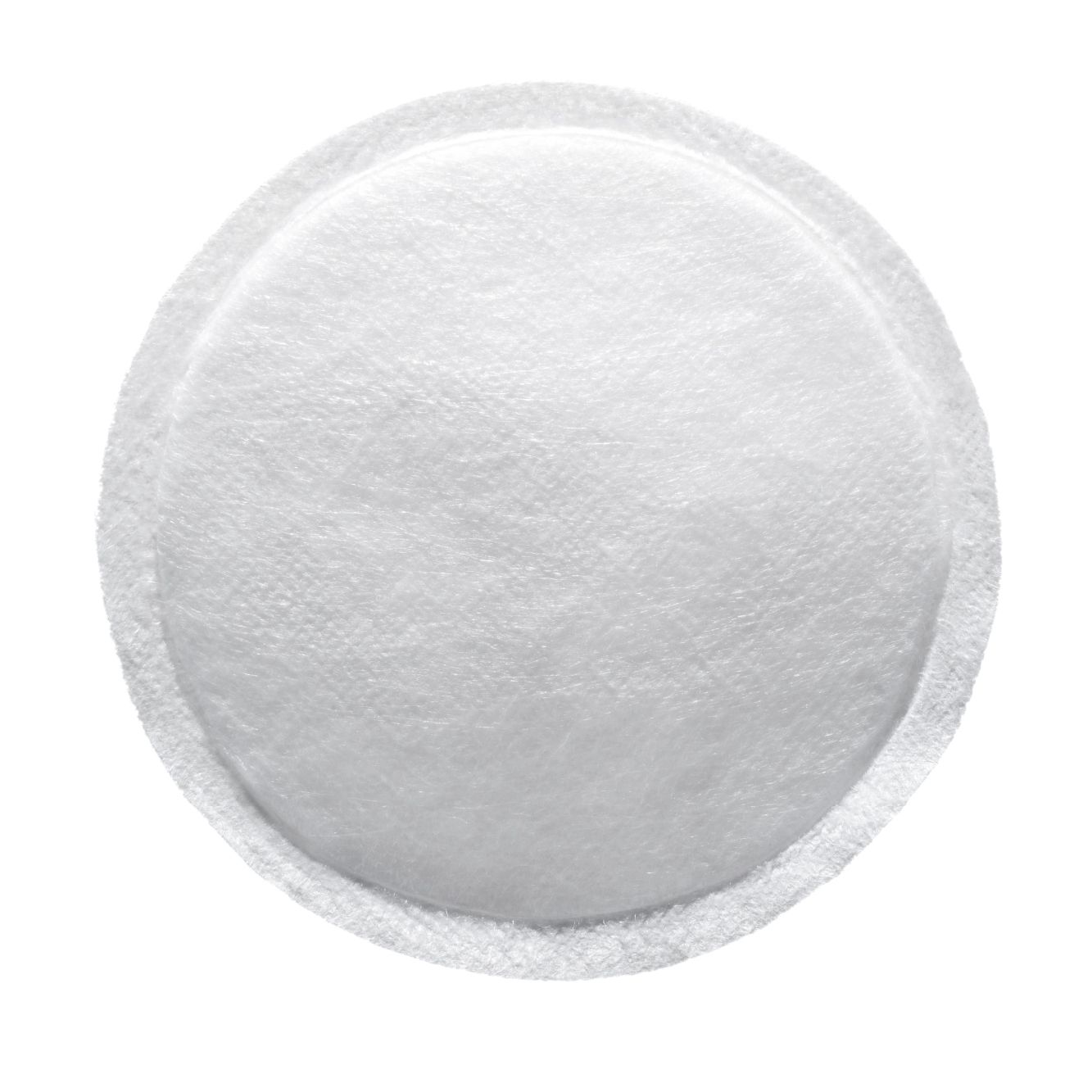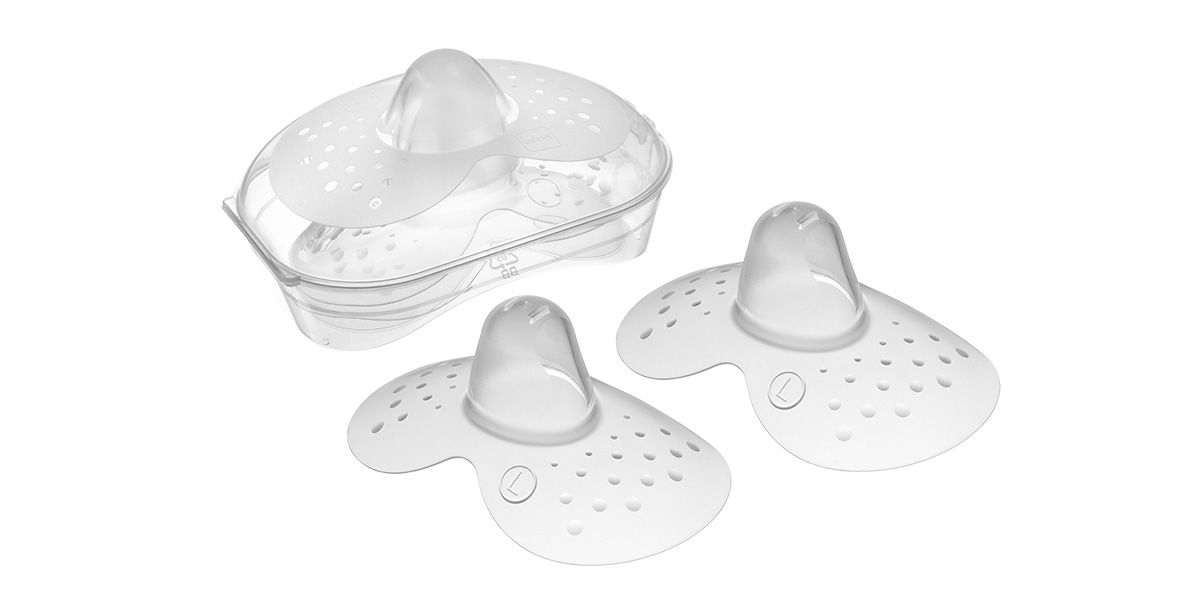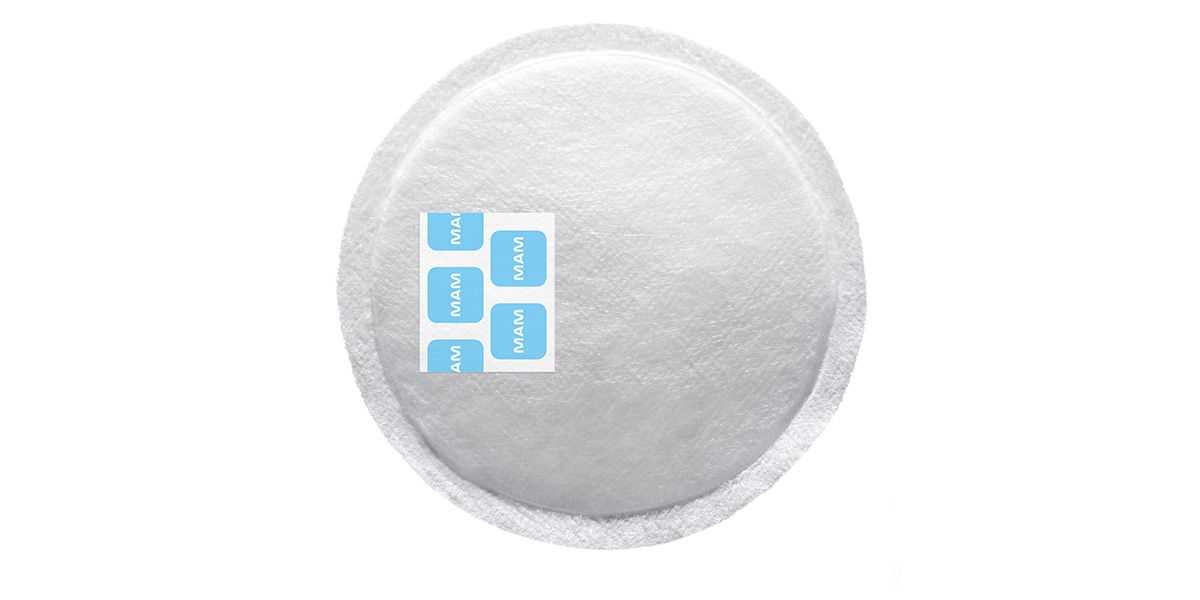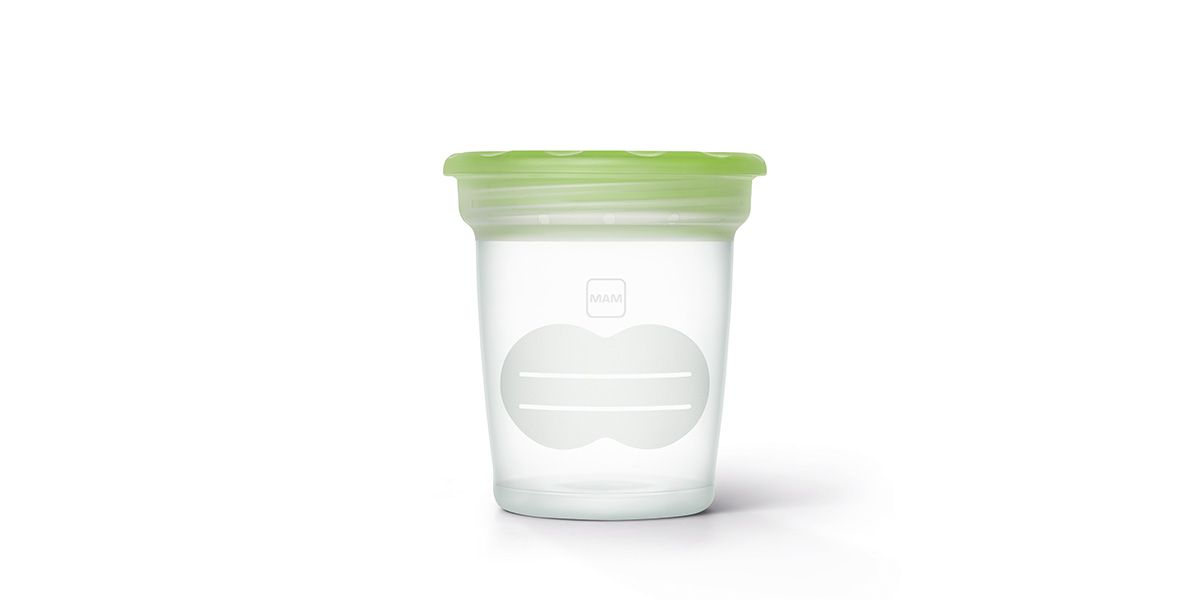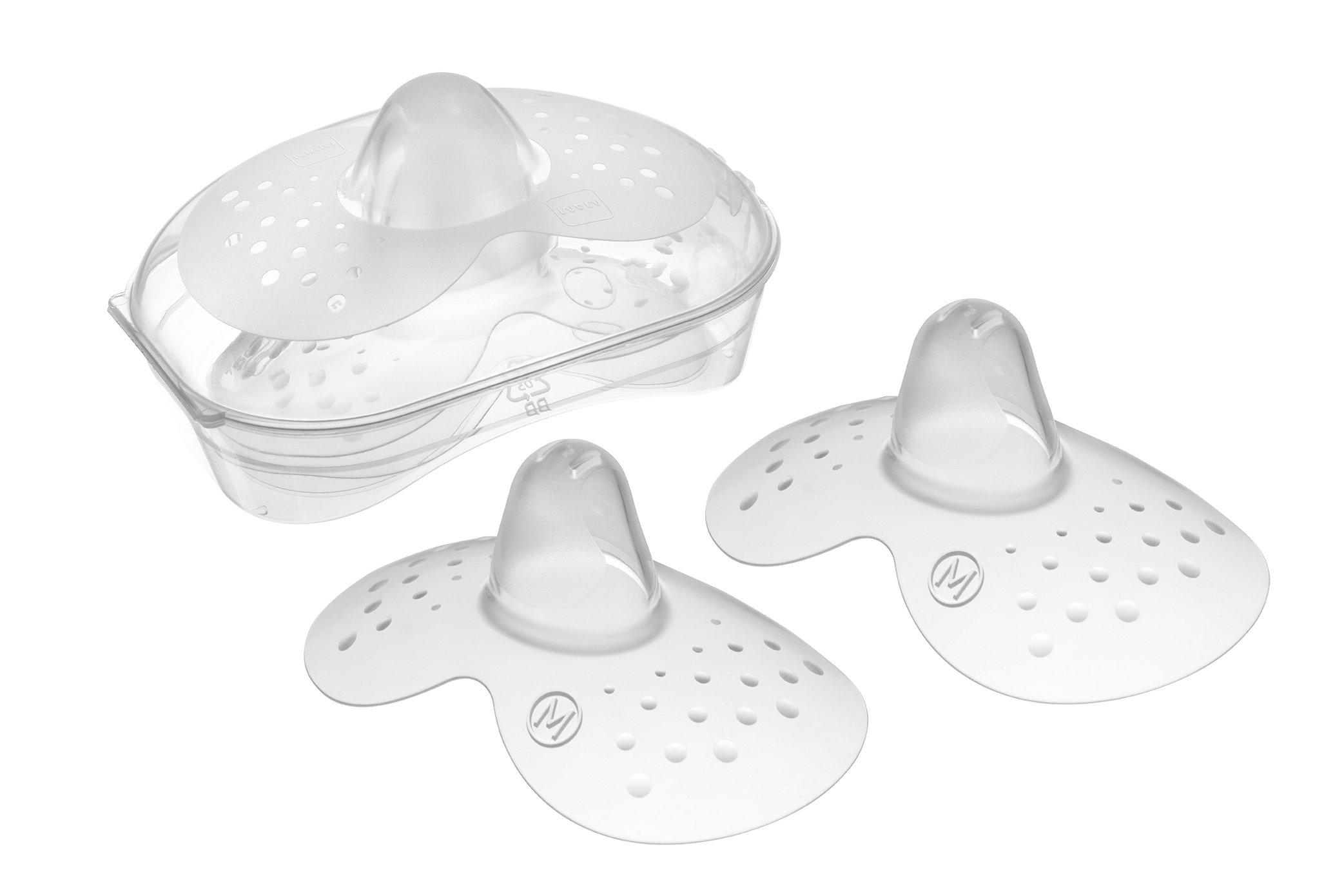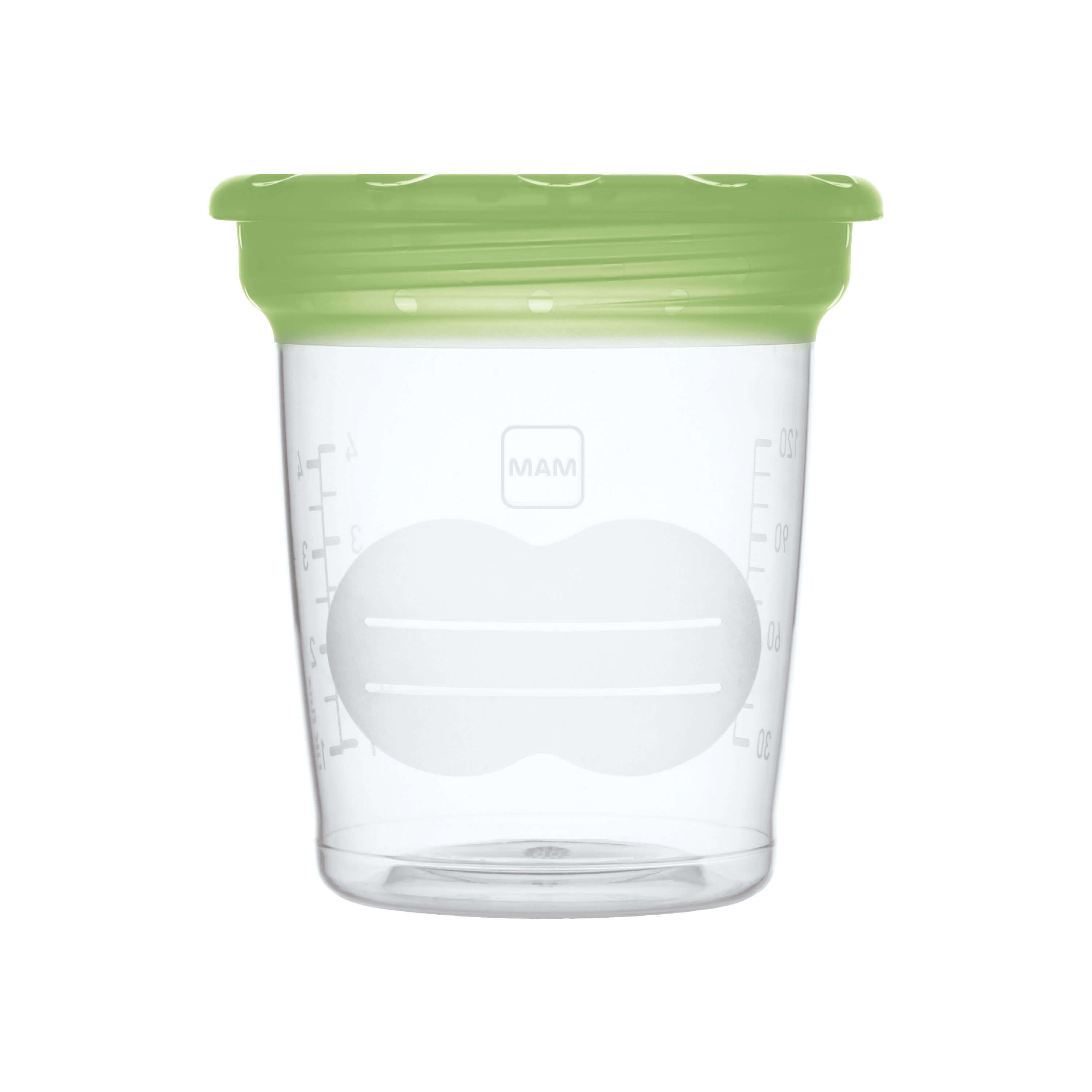MAM supports you on your breastfeeding journey. Together with healthcare professionals, lactation consultants and experienced parents, we have developed the perfect product range for breastfeeding including Breast Pumps and supporting accessories such as Nipple Shields. In this way, we help mothers achieve an independent lifestyle.
Breast milk is the most natural food for newborns, and there are numerous benefits of breastfeeding for both mother and baby. There is clear scientific evidence that breast milk provides health benefits for both mother and baby. Depending on which country you live in, doctors recommend a breastfeeding period of at least 6 and up to 24 months (WHO, UNICEF).
MAM Beastfeeding Range
MAM Breast Pumps- Get the Best MAM Breast Pumps for Convenient and Effective Breastfeeding
To provide the best MAM Breast Pumps we have developed our breastfeeding products always with the most important questions asked by mothers “Which Breast Pump is best for me?” in mind.
Mothers choose to breast pump for various reasons, including many benefits on why to use breast pumps:
- To relieve very full, firm breasts
- To take a longer nursing break to care for sore nipples
- To stimulate milk production
- To create an additional supply of milk
- To partly or completely switch to bottle feeding, giving yourself a bit more flexibility or to involve your partner more
How to use a breast pump?
Learning how to use a breast pump can take a little bit before it is well established. Find out how to use our MAM breast pumps for efficient pumping:
- Find a comfortable and quiet space: Choose a calm and relaxing environment where you feel at ease to enhance milk flow and make the pumping experience more enjoyable.
- Follow a pumping schedule: Establish a regular pumping routine to maintain milk supply and ensure consistent feeding for your baby.
- Experiment with pump settings: Take the time to experiment and find the settings that feel most comfortable and effective for you. Start with a lower suction level and gradually increase it until you find the right balance between comfort and efficient milk extraction.
- Relax and stimulate let-down: Before starting the pumping session, relax and stimulate let-down by massaging your breasts, applying warm compresses, or listening to soothing music. This can help with milk flow and optimize your pumping output.
- Before using your breast pump for the first time and after each use, all parts that come into contact with the breast and breast milk must be separated, cleaned and sterilised. Once all parts are air-dried, the pump can be reassembled and stored in a clean place until its next use.
Breastfeeding Accessories
Nipple Shields
Remember, each breastfeeding journey is unique, and it may take some time to find the best pumping routine and technique that works for you. Don't hesitate to reach out to a lactation consultant or healthcare professional for personalized guidance and support.
